Weaver Leather Prodigy Athletic Horse Boots, 1 Pair, 35-4285-S1
High-performance athletic boots are engineered with a Dynamic Sling System that provides superior support and protection to the suspensory tendons and ligaments.
High-performance athletic boots are engineered with a Dynamic Sling System that provides superior support and protection to the suspensory tendons and ligaments. Our research and development team went above and beyond to ensure that both the wrap and sling were designed just right to ensure a perfect fit to the equine leg. We enlisted a variety of industry professionals and a wide range of horses to perform hours and hours of testing to fine tune the design. Keeping the needs of performance horses in mind, we built these boots from the finest materials for maximum shock-absorption to help prevent injuries and extend competitive careers. Features a form-fitting, shock-absorbing EVA foam design with neoprene liner and a stretchy binding for a snug fit that combined with darted edges keep legs free from dirt. Ergonomic design allows boot to move freely, providing your equine partner with the ultimate protection from injury.
- High-performance athletic boots
- Our research and development team went above and beyond to ensure that both the wrap and sling were designed just right to ensure a perfect fit to the equine leg
- We enlisted a variety of industry professionals and a wide range of horses to perform hours and hours of testing to fine tune the design
- Keeping the needs of performance horses in mind, we built these boots from the finest materials for maximum shock-absorption to help prevent injuries and extend competitive careers
- Features a form-fitting, shock-absorbing EVA foam design with neoprene liner and a stretchy binding for a snug fit that combined with darted edges keep legs free from dirt
- Ergonomic design allows boot to move freely, providing your equine partner with the ultimate protection from injury
- Engineered with a Dynamic Sling System that provides superior support and protection to the suspensory tendons and ligaments
- Sold per 2 pack
Additional information
| Closure Type | Hook and Loop |
|---|---|
| Lining Material | Neoprene |
| Number Of Straps | 4 |
| Outer Material | Nylon |
| Package Quantity | 2 |
| Warranty | Always Guaranteed |
| Manufacturer Part Number | 35-4285-S1 |


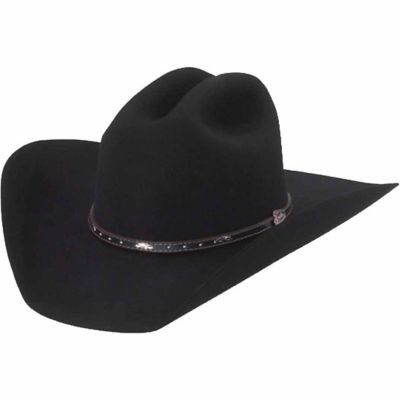
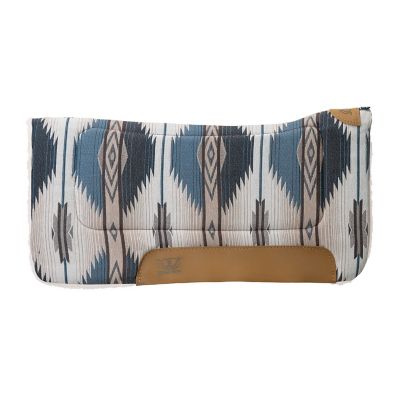

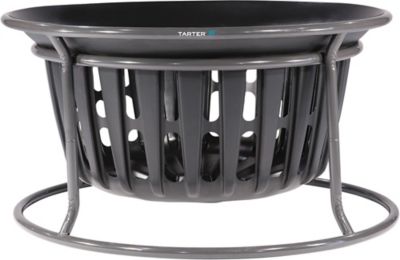
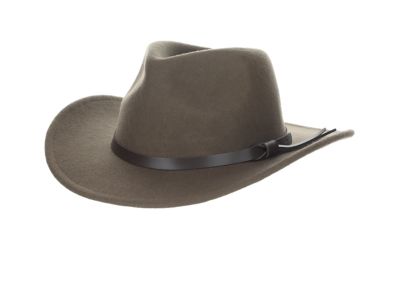
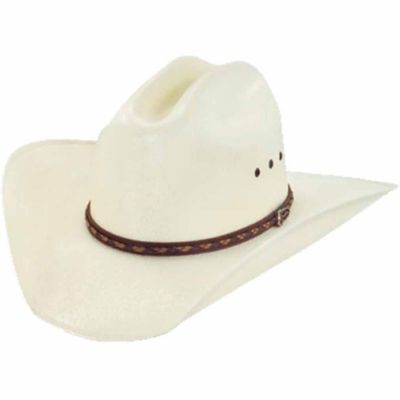

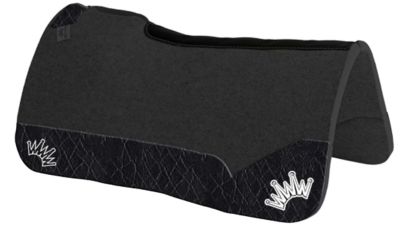
by Ryan
The best horse boot!!! Fit very well , I got for the front and rear legs. Easy to clean and love the colors.